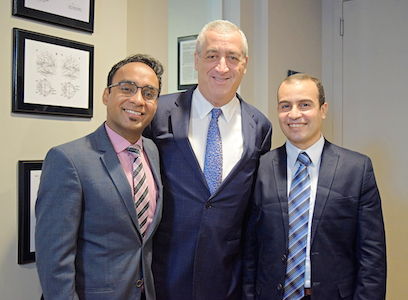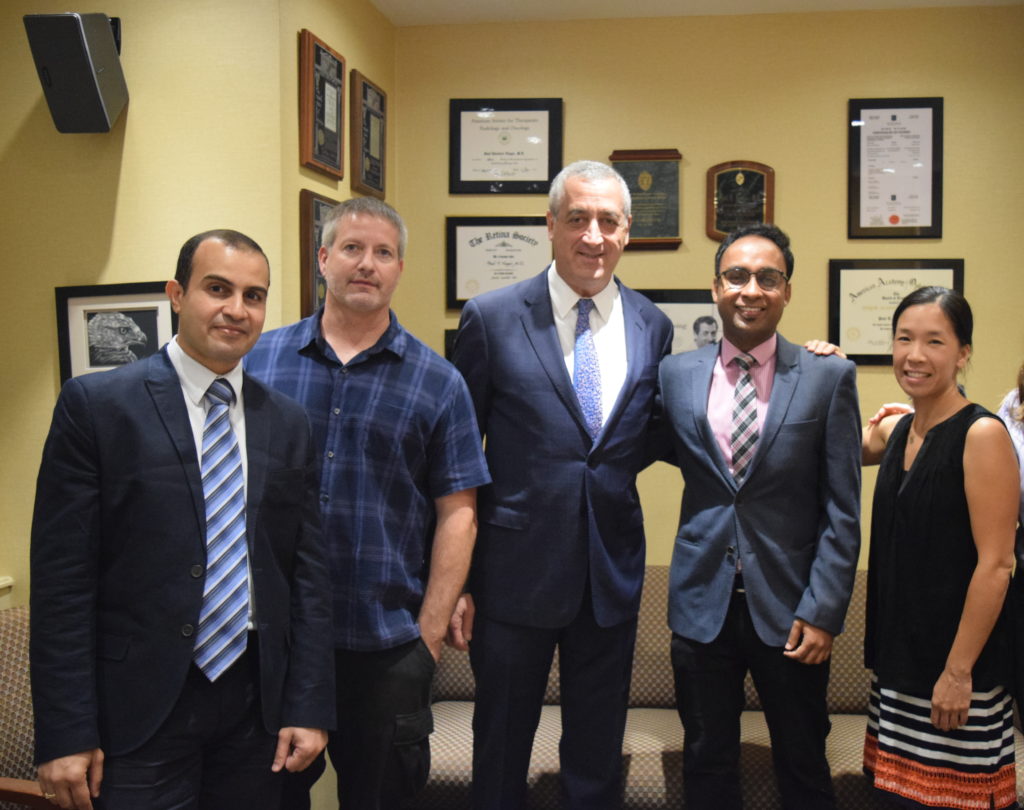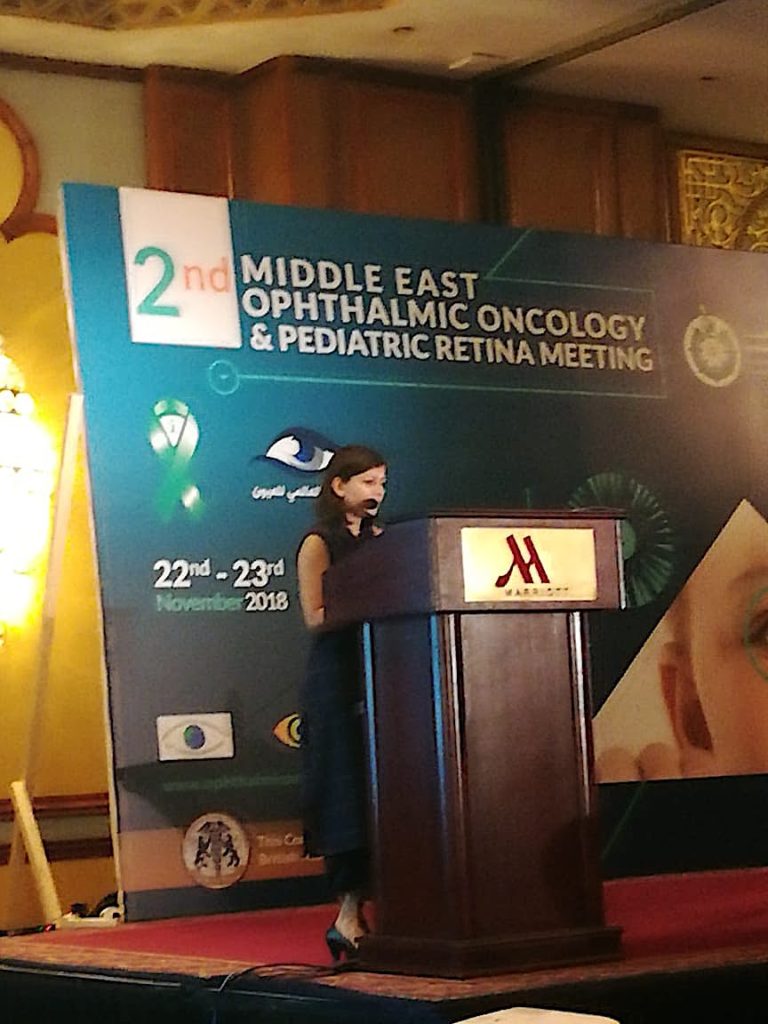New ECF Graduates Bring Their Skills to Egypt and India
Saving the Underserved in Egypt and India…

We at The Eye Cancer Foundation are pleased to celebrate the graduation of our two most recent recent fellows: Dr. Puneet Jain from India and Dr. Moanes Morkos from Egypt. In traditional ECF manner, both fellows return to their country with goals to care for eye cancer patients, advocate for patients, improve treatment and training. They will present their ECF sponsored research work at eye meetings in their countries and around the world.
Having successfully completed their training, Dr. Jain and Dr. Morkos now join the ranks of over forty fellows trained and sponsored by the ECF. Not only have we reached the goal of our 2020 Campaign––to train 20 eye cancer specialists in 20 unserved and underserved countries by the year 2020––we have doubled it.

With the support of our donors, we have taken on and answered many previously unsolved questions about eye tumor diagnosis and treatment this year. We hope that this momentum does not decline, but rather accelerate, and bring us to a future where ocular melanoma, retinoblastoma and eye cancer deaths do not exist.
To become a patron, simply give a gift to The Eye Cancer Foundation. You can sponsor fellows like Dr. Jain and Dr. Morkos, buy prosthetic eyes for retinoblastoma children, or aid in any of our numerous goals for a clearer, brighter future.











